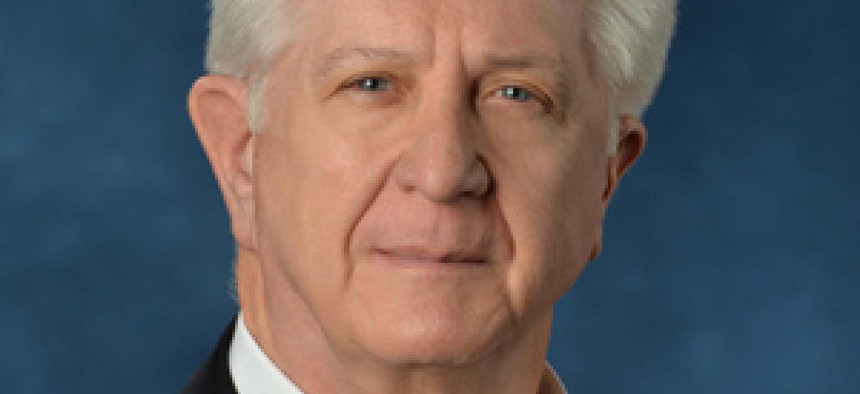To encourage innovation, agencies first must define what it means to them

Innovation is a popular buzzword, but to bring new technology and new ideas to the market government, agencies must first define what it means to them.
Innovation is a popular term that appears on many companies’ web sites and brochures. Innovation is a common marketing theme assumed to be of importance to customers.
Health and Human Services’ website lists over 6,000 hits when innovation is used as a search term; Housing and Urban Development’s website lists over 6,000 hits as well and the Energy Department’s website lists over 15,000 hits using this term. Other agencies’ websites offer pages and pages of innovation-related topics and articles pertinent to that agency.
Government speakers at conferences express the need for innovation and we see the term used in some procurements where the government says it is seeking innovation however the term is meant.
Merriam-Webster’s Collegiate Dictionary defines innovation as “the introduction of something new” then adds “a new idea, method or device”. A seminal paper by Mohanbir Sawhney et alii titled, “The 12 Different Ways for Companies to Innovate” (MIT Sloan Management Review, Spring 2006, Volume 47, Issue 3) identifies ways organizations can innovate.
I will paraphrase some of these forms of innovation as they apply to the government: (1) new services that may be offered to constituents, (2) new infrastructure platforms, (3) improved citizen’s experience when interacting with an agency, (4) more efficient processes, (5) streamlined organization structure, (6) more efficient supply chain, and (7) an improved brand identity.
Government says they want innovation; companies say they deliver innovation. But what does this really mean? How might innovation be developed and delivered to the government?
RFPs sometimes specify a requirement for ‘tech refresh’ or a ‘technology upgrade plan’. Might these requirements be innovation? If the requested change is part of the requirements framework within a planned procurement, then is what is sought true innovation?
Unsolicited proposals (FAR 15.6) have the potential to deliver innovation to the government. But this avenue is seldom properly employed by industry or embraced by the government for several reasons. Todd Buchholz states in his book, The Price of Prosperity (2016), that corporations are drastically reducing their research and development expenditures. While there are numerous causes for this disinvestment by industry, this means that limited innovation will emerge from U.S. corporations in the future… unless customers pay for it. If the customer has a concept of what they need and then allocates some budget to acquire this change, is this approach innovation?
Notwithstanding the financial barriers to implementing innovation, embracing innovation means that an agency is willing to embrace change. Few organizations are culturally prepared to accept and foster meaningful change.
To achieve success, innovation must overcome inertia. Successful innovation, within an agency, requires seamless integration of technology, processes, knowledge, training and having senior management who will lead the way. Achieving this combination of factors is rare, exceedingly rare. Therefore, we seldom see innovation despite frequent appeals to the contrary.
I suggest that each agency define and express, at its website, what it means by innovation, in terms of its strategic objectives. I have read that an impetus for federal IT modernization is being pondered on Capitol Hill.
What are each agency’s strategic goals in terms of its infrastructure platforms and applications, new processes, new asset sharing schemas, or new constituent services, as examples? What kinds of innovation must be implemented to achieve visible success in an era of doing more with less?
Once agencies define what they mean by innovation, then develop procurement vehicles specifically designed to acquire and implement innovation pertinent to them. The Defense Department has programs and procurement vehicles in place to acquire innovation for specific purposes e.g. SBIR and IED-related R&D. Expand this concept of having contract vehicles and procurements specifically designed to bring innovation to other agencies.
Innovation should not be a subset of something else. It is time to put innovation front-and-center.

